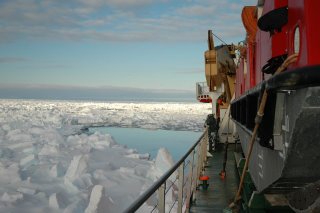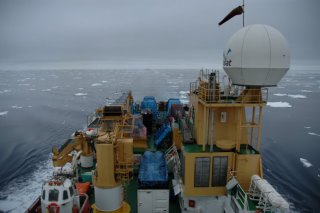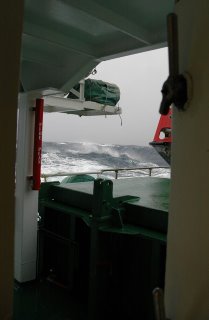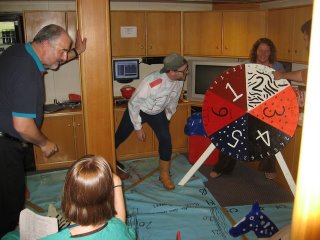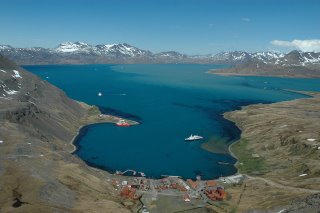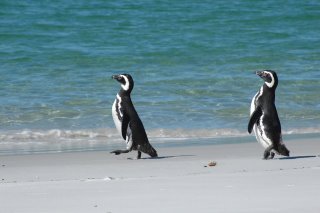Christmas Dinner and Training
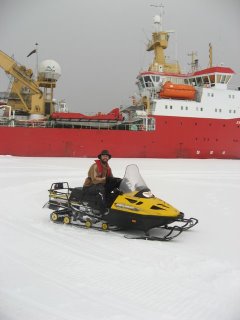
The extra time the chefs had requested was well worth the wait, as Christmas dinner was one of the best I’ve tasted in any restaurant. The mess room was set out in full dress, with table clothes, red and white whine glasses and place names for all diners. Bas senior staff (engineers, base commanders and doctors) acted as waiters, greeting guests and checking their adherence to the strict dress-code (shirt, tie, shoes) before they were allowed to sit down. Once seated, we were treated to a delicious five course meal with three choices for each course ample and more than ample wine. A spectacular effort.
Training on the ice
The day after our ‘Christmas’ it was straight back to work. We landed back on the sea ice and split into small groups to refresh the skills we need to live and work safely on base. Our group started with Suna, the GA, covering the setting of snow anchors and building of Z-pulleys - essential skills to rescue one’s partner should they fall into a crevasse. Sitting on the snow with the ice-shelf towering behind, the ropework we learned in Derbyshire suddenly seemed very worthwhile.
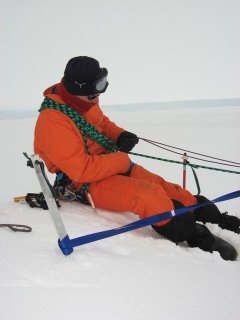
After lunch we moved onto Skidoos. These are the basic mode of transport around base and further into the field. We were learning on a brand new Alpine 3, a nippy little number powered by a two-stroke 500cc engine. Ted the mechanic drummed the importance of the kill-chord into us, then went through the start-up procedure and let us ride. And… They’re great fun! The ‘Doo is very easy to pootle about on, but will require a few weeks to ride with style as they’re quick in a straight line but corner a lot like an old Astra on a wet roundabout.
Last night the ice opened up and we made good progress, steaming another 25 miles though open water between the floes. With about 35 miles to go, we’re back in ice-breaking mode and the Shackleton once again battles a path through the floes like a demented woman in a New-Year clothes shop sale – forcing a vicious path with no obvious direction! We should get there this year…
More training pictures here.



